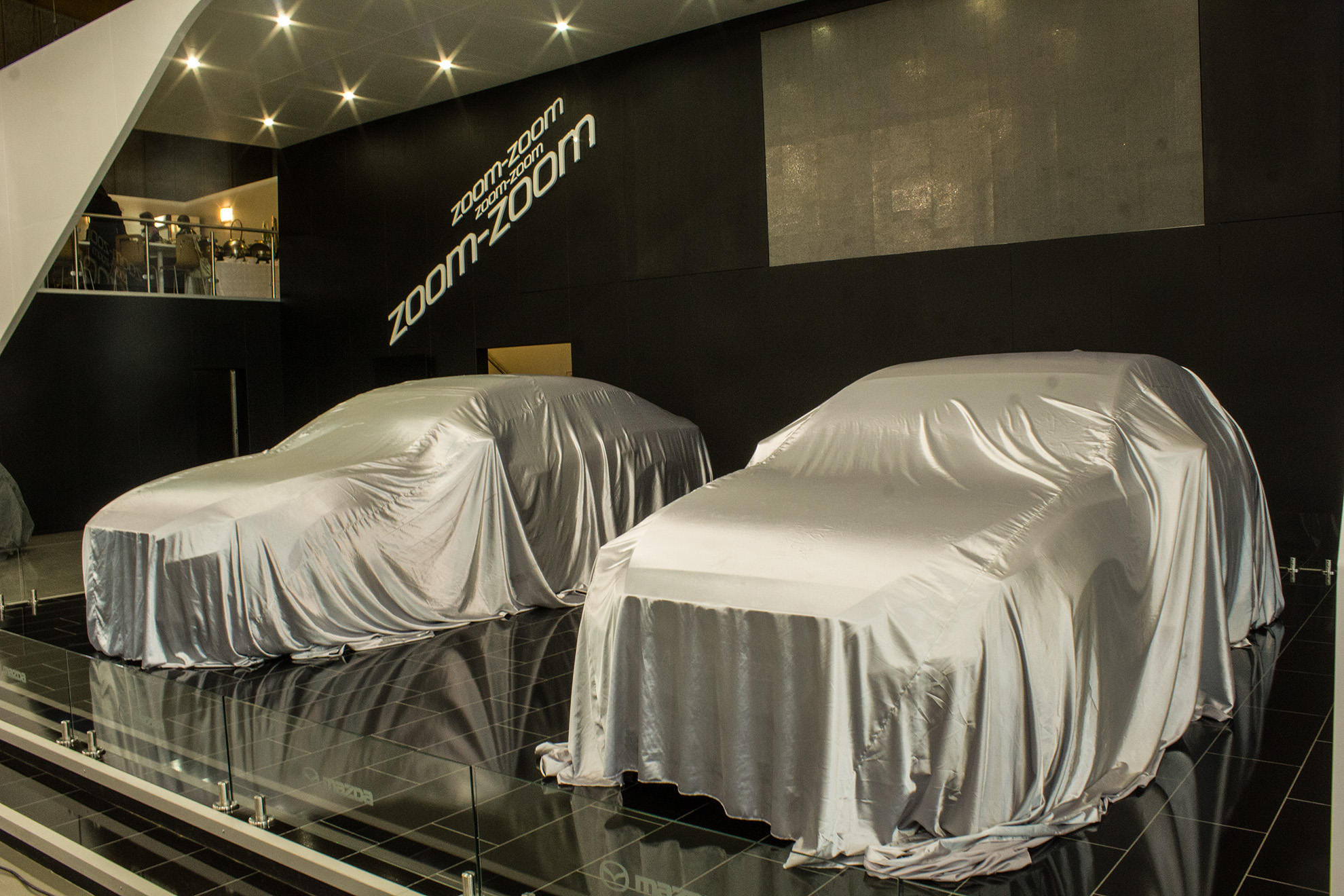Automotive Technology Revolution Coming to SA Faster Than Expected

The automotive technology revolution is coming to South Africa faster than expected. This is a message that rang out loud and clear at the ninth biennial CAR conference which took place at the
Johannesburg International Motor Show
, at the Johannesburg Expo Centre, yesterday.
The theme for this year’s conference was Technology and Change and a number of high profile speakers from the local and international motor industry gave insights into the wide-ranging scope and rapid progress being made in the realms of electronic technology and connectivity.
No longer are these electronic developments being aimed mainly at infotainment. Many of them have very positive spin-offs in the fields of safety, driver support and even autonomous driving of cars.
A guest speaker from the United States, Doug Newcomb, a world-renowned commentator on the connected car, which he sees as a shift “from steel to silicon” gave details on practical innovations which he had experienced already, including being a passenger in a car, developed by the Continental company, which drives itself.
He said that by 2015 there will be 25-billion connected electronic devices such as a smartphones and the like in the world and this figure will grow to 50-billion devices by 2020 so this makes the rapid development of connectivity with cars increasingly important. Newcomb added that the important of infotainment in the features of a car had risen from 25th to 5th in the list of priorities of car buyers according to research company JD Power.
The ability of vehicles to talk to each other electronically has major spin offs in terms of road safety and accident avoidance and is being pursued energetically by vehicle and system manufacturers.
“Maybe it is too soon to speak, but we may well be on the way to the driverless car just as our forefathers saw the arrival of the horseless carriage,” said the guest speaker from Oregon.
Further insights into the world of connectivity and the role electronics are playing in driver support and safe driving came in the address by South African Oona Scheepers, the manager of colour and trim at Volkswagen AG in Germany. Ms Scheepers who is originally from Prieska in the Karoo was able to relate real-life experiences from driving in cars fitted with the latest technology in Germany, as well as giving details of the myriad electronic features that were under development by Volkswagen for future cars.
Ms Scheepers also provided enlightening behind-the-scenes information about the way trim materials and colour palettes for new models were developed. It was particularly interesting to hear how she used photographs from South Africa – such as one of a storm over the Karoo and another of the Namaqualand flowers – that provided the inspiration for a range of colours for the interior and exterior of Volkswagen Group products.
On the other side of the coin the recently-appointed CEO of the Retail Motor Industry organisation (RMI), Jakkie Olivier, explained to the audience of more than 400 delegates that the rapid advances in automotive technology were taxing for the independent workshops which have to purchase specialised testing equipment and the need to have specially trained technicians to work on many of the latest models.
Olivier said his organisation represented 18 000 companies with 280 000 employees, which were divided into 14 different interest groups in the RMI, and not only were many of these existing companies faced with the high costs of buying fault-finding and repair equipment but the cost of starting a retail motor business today was rocketing due to the rapid increase in technological developments in vehicles and the equipment needed to repair them which increased investment costs substantially.
The effects of the recent seven-week strike in the local motor industry and related repercussions in terms the negative impact on South Africa’s reputation as a reliable supplier – particularly to the export market – and its decreasing competitiveness in global terms were raised by a number of speakers, including the president of the National Association of Automobile Manufacturers of SA (NAAMSA), Dr Johan van Zyl, and the president and CEO of Mercedes-Benz SA, Dr Martin Zimmermann.
Van Zyl, who also spelled out the requirements for meeting the tough target of producing 1.2-million vehicles a year by 2020, said it was important that there was a change to a much more positive mindset in the industry as a precursor to facing up the many challenges that had to be overcome to meet the industry’s latest volume objective.
Zimmermann used the example of the way technology was being incorporated into production processes at the Mercedes-Benz plant in East London as it geared up to produce 100 000 of the new C-Class models a year from next year.
Earlier in the programme the acting deputy director-general – industrial development policy development, Garth Strachan had spelled out the host of supporting policies which the government was implementing in support of increasing local vehicle production and particularly exports, with some of the initiatives having been announced only last week as an example of a government body that had reacted quickly to requests for further support from the industry.
Former industry executive Brand Pretorius, who has retired from direct involvement in the motor industry, summing up at the end of the conference, stressed that the extent of technological changes and the fact that they were already arriving in South Africa on new models meant that those involved in the local industry must adapt quickly to a rapidly changing environment if they wanted their businesses to remain sustainable into the future.
